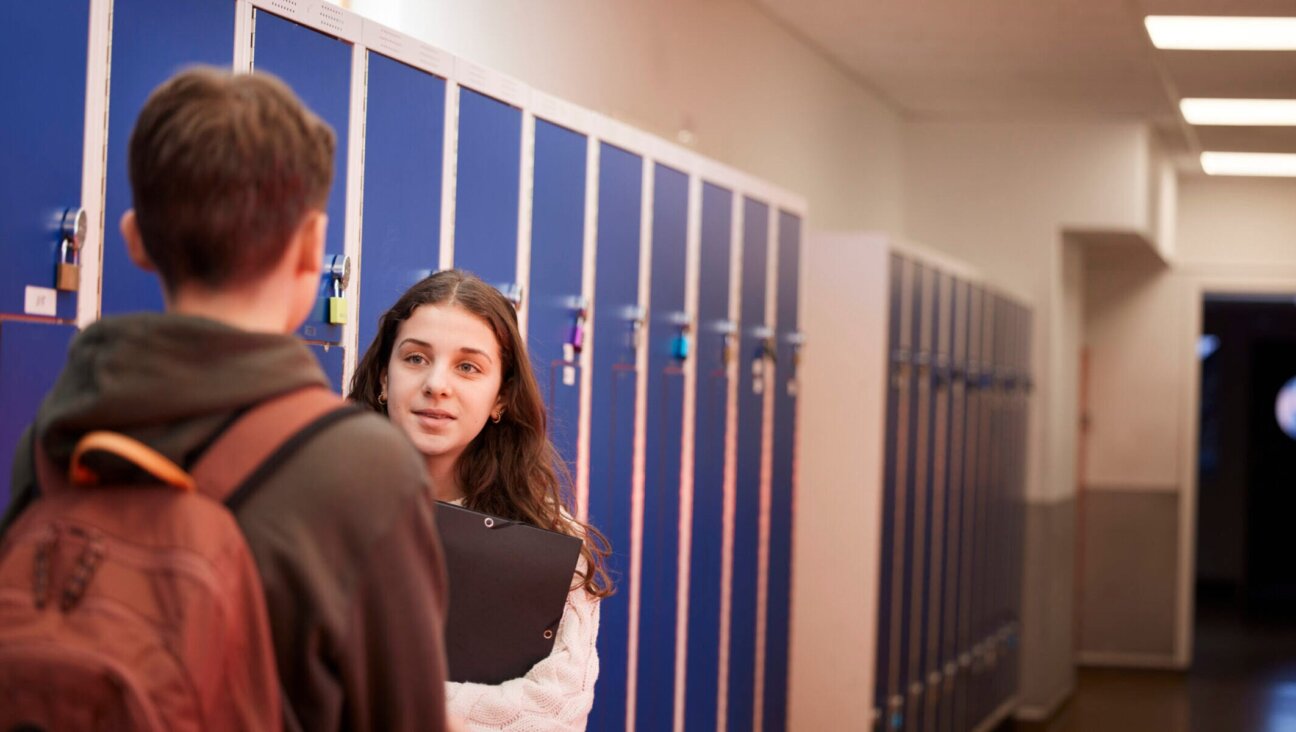The Rebbe Lives On, 24 Years After His Death

Image by Getty Images
I was almost 15 that night in June 1994 when we received the devastating news of the Lubavitcher Rebbe’s passing. It was Saturday night; I had spent Shabbat in Manhattan along with hundreds of others camping in and around Beth Israel Hospital, hoping and praying to hear of an improvement in the Rebbe’s condition.
I returned to Crown Heights a little after midnight and went to bed, only to be woken by my mother about an hour later with the news. I jumped out of bed, woke up my younger brother, and we ran to 770.
Much of what occurred that night and in the ensuing days came in a blur; there was a lot of crying, disbelief, and for a moment, even loss of direction. But thanks to my teachers and mentors, I trusted what the Rebbe himself insisted upon when the previous Rebbe passed away in 1950: the life of a Rebbe is far greater than the limitations of a physical body, and there was no way this was the end.
Over time it became clear to me that I would eventually move to a community to establish a Chabad House, and to keep the Rebbe’s message of Jewish unity and Jewish pride alive. I was not old enough at the time to be familiar with every talk the Rebbe gave, but I certainly was aware of what the Rebbe expected of us.
So much has been written and said about Chabad’s tremendous growth over the last two decades despite the apparent physical absence of a leader; how the Rebbe lives on through the work of his “shluchim,” his emissaries around the world. How it is testament to the Rebbe’s incredible leadership, inspiring a generation of young people to sacrifice their personal wellbeing to focus on building the world’s Jewish communities.
These shluchim dedicate their lives to sustaining the Jewish spark wherever they are, and my family and I are no different. We moved to Munster, Indiana, 15 years ago and made this town our home with a single goal in mind: to make the Rebbe proud.
The greatest motivator for a “shliach” to perform well is believing that the Rebbe would approve of, and appreciate, his accomplishments. It’s what we strive for more than anything else, and with time our connection with the Rebbe grows as a result and we feel a sense of closeness more than ever before.
Every class we give or program we run or single mitzvah we help another Jew perform, is the strongest tool we have to enhance our relationship with the Rebbe. The more we do what the Rebbe instructed us, the more we live with Rebbe on a regular basis.
Several years ago I was asked to join a review committee for a private foundation that supplies seed money for new Chabad emissaries just starting out. The young rabbis submit applications, and our job is to review the applications each quarter to ensure that the applicants meet the criteria for the grant’s objectives, so that the foundation’s generosity will indeed enable this new Chabad center to get off the ground. Over the years, grants have been provided to establish Chabad in many cities throughout the United States and Canada, and in remote cities on five continents.
In addition to all these applicants sharing the same vision of bringing Judaism to every single Jew around the world, a unique similarity they also have is that they are all too young to have ever met the Rebbe. In fact, this last quarter, a few of the young rabbis and their wives were born after the Rebbe’s passing.
Until recently, most Chabad emissaries had at least some memories of the Rebbe; even if they were young at the time of the Rebbe’s passing, they still recall the Rebbe’s demand that his followers disperse throughout the globe to reach every single Jew.
Which is why, when I interview these young emissaries with no memories of the Rebbe, yet they live their lives as though the Rebbe personally instructed them to open a Chabad House in Iceland or Iowa or Ghana, I cannot help but remind myself that the innate connection we have with the Rebbe will not only never diminish, but will continue to grow and shine. It motivates me to stay true to my own shlichut, my mission to keep the spark of Judaism alive in our community.
And of course, it goes beyond just those that consider themselves Chabad; especially this weekend, when upwards of 50,000 people are expected to visit the Rebbe’s gravesite for his yahrtzeit, many having little or no obvious connection to Chabad.
Because the Rebbe reached everyone; we just need to be open to that connection. And when the Rebbe reached a person, he usually expected that person to in turn reach out to someone else, keeping Judaism alive one step and one person at a time.
Until, as the Rebbe emphasized countless times, we achieve the ultimate goal of making the world a better and kinder place for all of mankind, which will become a reality with the coming Moshiach, may happen in our times.
Rabbi Eliezer Zalmanov is co-director, along with his wife Chanie, of Chabad of Northwest Indiana. He is also a member of Chabad.org’s Ask the Rabbi and social media teams.















